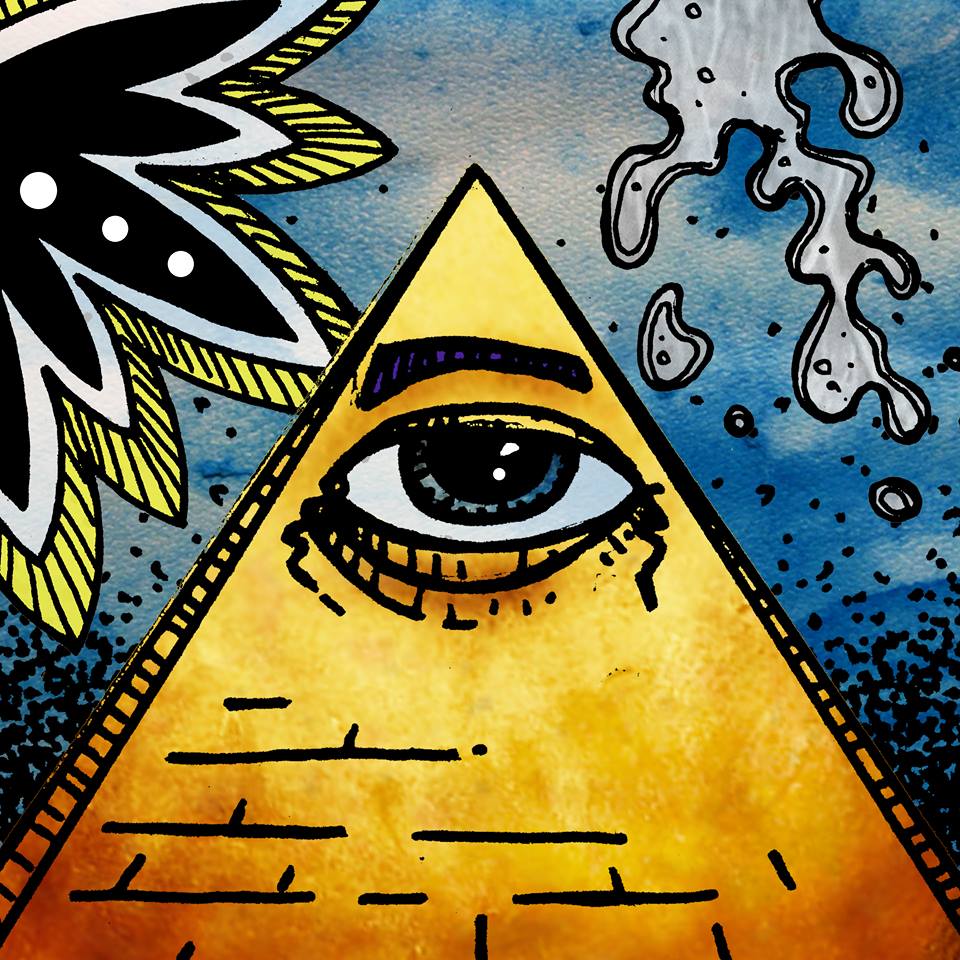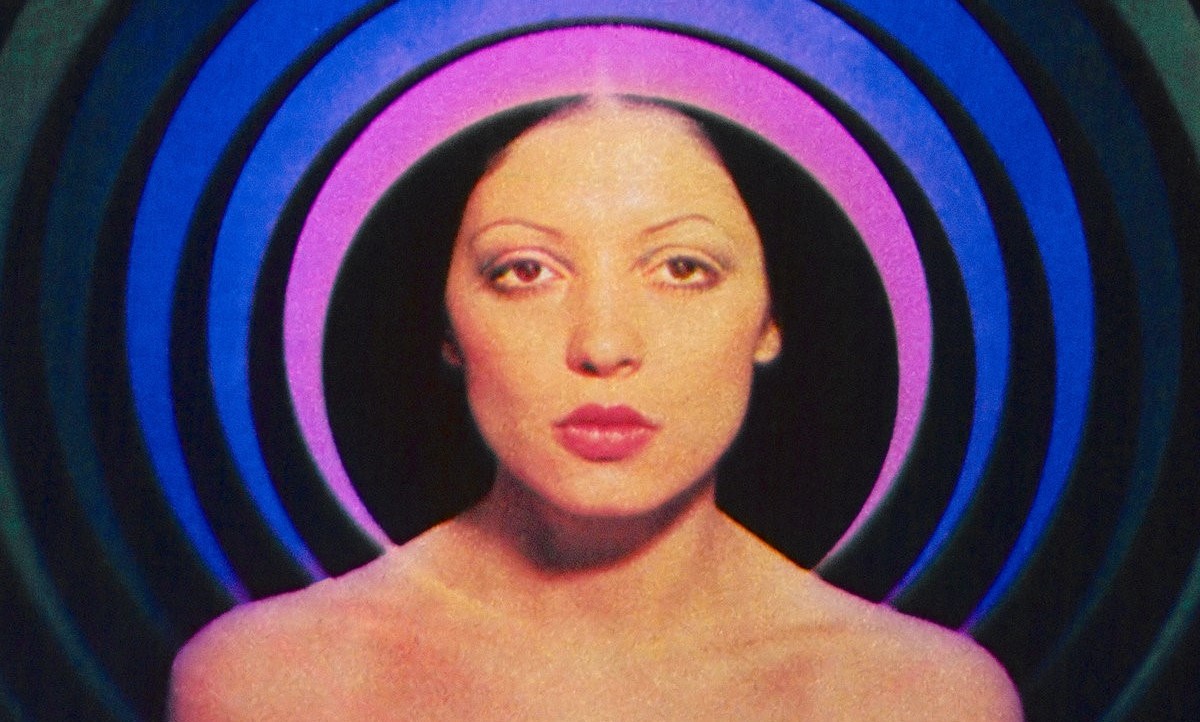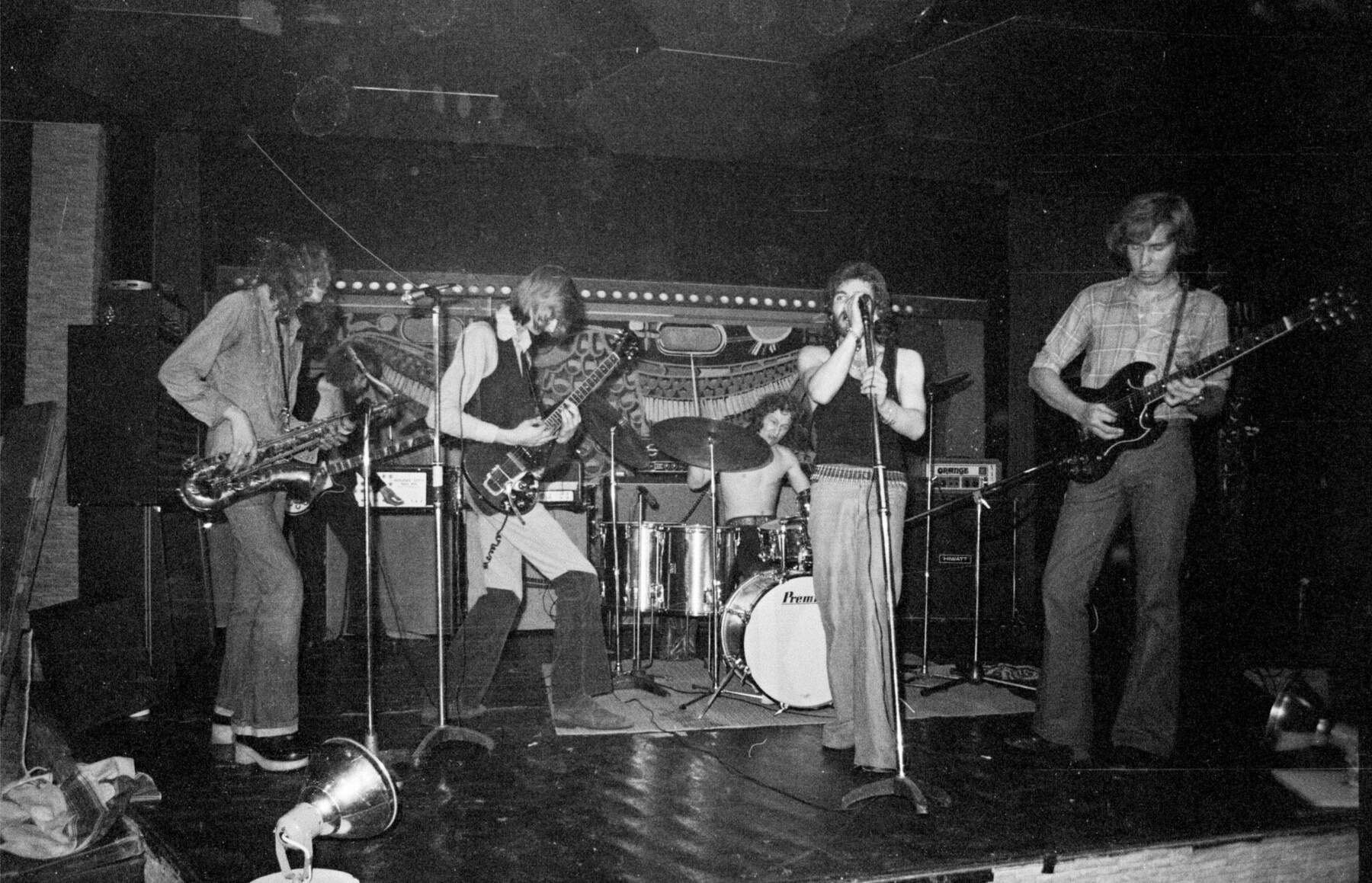Digging Yugoslavia’s Funk, Bossa & Disco Gems | Everland Music’s Journey Into the Yugoslav Groove
Everland Music has quietly flipped the script on how we think about Yugoslav music history with three killer releases that dig deep into the country’s funky, jazzy, and downright danceable past.
These aren’t just dusty vault releases. Each one peels back layers of a musical scene that thrived behind the Iron Curtain but somehow kept pace with global trends, mixing bossa nova, disco, jazz, and soul into something totally unique.
First up, ‘Jugoton Bossa Nova – Brazilian wave in Yugoslavia 1963 to 1983’ is a mind-blower. It is wild to think bossa nova, that smooth, breezy Brazilian groove, found such fertile ground on the Adriatic coast. This collection pulls from two decades of Yugoslav recordings showing how local musicians embraced samba and jazz-inflected rhythms with open arms. Listening to this feels like stumbling on a hidden late night jazz spot somewhere deep in Belgrade or Zagreb where the music wraps you up in a warm mix of old school charm. The remastering really shines every gentle strum and subtle drum tap comes through with sharp lively detail that pulls you right into the moment.
Then, ‘Jugoton Funk Vol. 2’ dropped just a few weeks later, upping the ante with a no-holds-barred dive into Yugoslav rare groove gold. Think soul, jazz, disco, and even some gypsy folk disco hybrids that totally slap. Compiled by crate diggers with real insider creds, it is a party on vinyl that proves how Jugoton was a melting pot of wild musical ideas. The grooves are tight, the horns blare, and the rhythms bounce. This one is for DJs and groove freaks alike.
But the real showstopper might be the official reissue of ‘YU Disco Expres’ by Igor Savin and the Stanko Selak orchestra. Originally dropped in 1979, this album is a sleek, futuristic blend of jazz funk, early electronic textures, disco beats, and Balkan folk melodies. Savin, a forward-thinking composer, brought together top-tier Yugoslav players to create something that feels way ahead of its time, still fresh and dancefloor ready more than 40 years later.
These releases do more than dust off old sounds they breathe life into a forgotten world reminding us that great music refuses to be boxed in. Whether you’re chasing after elusive beats or just love uncovering hidden treasures Everland Music’s Jugoton series is like a secret map leading you straight to gold. Spin these records loud let the grooves take over and remember that the heart of Yugoslavia’s music still beats strong fierce and full of soul.
Records are available for order on their website!
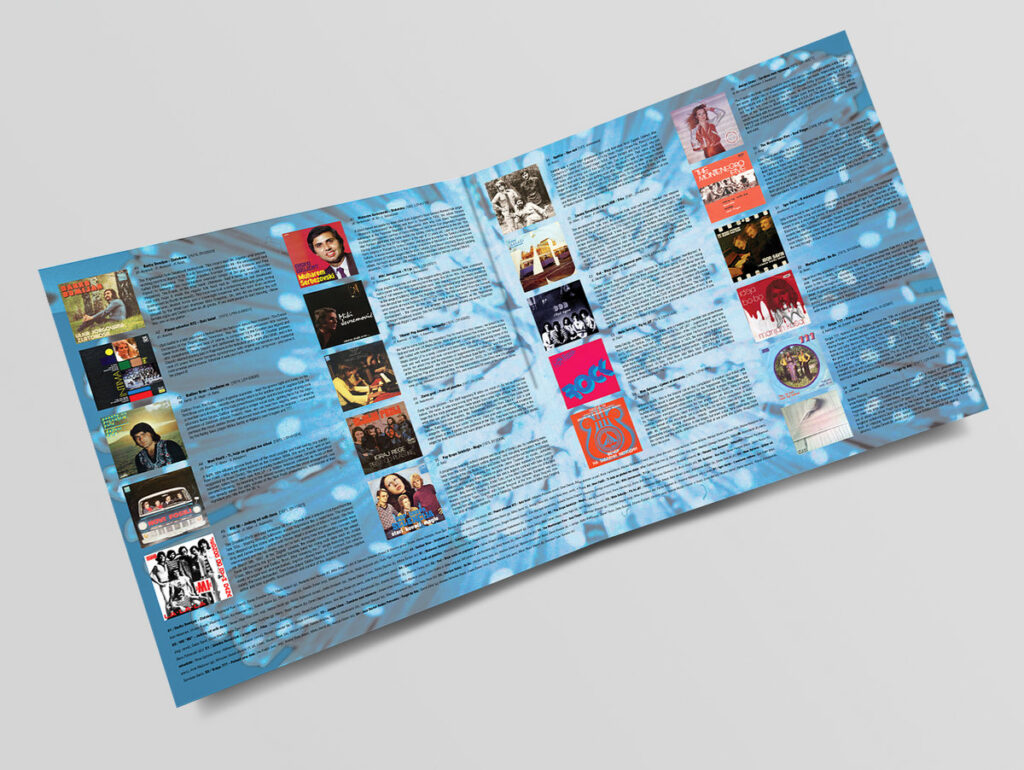
“The best part is when the artists get funky without a clear influence — they just do their thing, vibing in the groove.”
So what pulled you into the whole world of former Yugoslav music from this era in the first place? Was there like a gateway record or artist that really cracked things open for you?
David Blažević (Dr SmeđiŠećer): So here’s the crazy story. The gateway record for me was by Color Climax, called ‘Batidas Latinas,’ by a UK funky breaks artist! Back then, I was deep into digging for hip-hop samples online, grabbing music via Soulseek and all that. ‘Batidas Latinas’ had this vocal sample sung in Croatian that sounded like some vintage funk. I was going nuts trying to figure out who it was until a friend told me it was a track called ‘Telepatija’ by this funk and soul legend from ex-Yugoslavia named Tihomir Pop Asanović. That’s when Google got dangerous. One simple search about this guy opened up a whole universe of funk, soul, jazz, and rock scenes from Yugoslavia that I had never even heard of before. I quickly got his LP ‘Majko Zemljo,’ which lists all the artists who played on it, and those names turned into a super-list of funk and jazz heavyweights whose records I had to hunt down next. I was hooked. Heavy digging, right in my own backyard!
Leo Hekman (DJ D-Gree): As a digger and a DJ interested in “old music,” one day I realized that I knew a lot more about, for example, the history of British music than our own 60s scene and its beginnings in the decades prior to it. Exploring the works of Ivo Robić, Yugoslavia’s most famous singer, got me deeper into the story.
Digging through crates and archives for a compilation like this sounds like a wild ride. What’s your process like when you’re hunting for tracks? Did you run into any weird roadblocks or happy accidents along the way?
David: Man, I think for me the real wild ride lasted at least ten years. This was the basis for ‘Jugoton Funk Vol. 1’ and ‘2’ (and hopefully ‘3’ and ‘4’). I’ve stocked up on funk, and the digging never stops! Wherever I traveled, I tried to track down records. Following this passion took me to some wild places: private houses, basements of huge collectors, defunct radio archives, national radio archives, record stores, and flea markets. Oh, the flea markets… that was the best digging. Literally, one moment I’m playing music in a bar, and the next I get invited to visit an archive at 3 a.m. Suddenly, I’m flipping through hundreds of 7-inch records at 3 a.m. in an archive I probably shouldn’t have access to.
Leo: You don’t have to be a longtime researcher to recognize the high musical value of a newfound song, but some knowledge is important to place the track in its historical context and to compare it with similar artists from that era. We’re not just hunting tracks for the compilation. Music is our life, and by discovering songs that were somehow lost, we’re actually completing the bigger picture. Putting some of it together feels a lot like making a mixtape with your favorite tracks of the moment. The process involves many things, mostly getting your hands dirty in some second-hand shop, but what matters most is that Dr. Smeđi Šećer and I share our finds with each other and with other diggers.
“After Tito broke with Stalin, you could hear more Western influences in the music, accepted more and more in public.”
Beyond the grooves and melodies, what grabs you most about the cultural backdrop of this music? Do you feel like the political vibe or the social scene back then really soaked into the music?
David: You can really feel the Balkan vibes in it! We don’t even have to dive into the ethno-jazz territory where this influence is even stronger. It could easily be a James Brown-influenced record, but with this distinctive local twist — something’s a little off, and I love it! It’s definitely soaked in social vibe and heritage. Sometimes with funny, politically influenced — or should I say coerced — choruses. The choruses of some pop songs, which have this super funk backbone, sometimes sound like the soundtrack to a Communist work action — like you’re building a railroad with your comrades and need that collective brainwashed chorus to give it your all for the Party. Only later did I find out that, at one point, artists were encouraged to give the choruses this collective exalted tone, like what you hear on the Miki Jevremović track ‘Ti i ja’ on ‘Jugoton Funk Vol. 2’. Luckily, there are plenty of tracks with creative and loose funky choruses too.
Leo: After WWII, the ruling Communist Party tried to impose elements of Russian culture, but after Tito broke connections with Stalin, you could hear a lot of Western influences in music, accepted more and more in public. In the late fifties and early sixties, a few songs that promoted consumerism became so popular that they are today considered evergreens.
When you listen to these tracks, what kind of influences do you hear bouncing around—both local sounds and stuff from outside Yugoslavia?
David: Hey, it’s funk, and you can clearly hear where that beat comes from. It’s not Yugoslavia. The best part for me is when the artists get funky without a clear influence—they just do their thing, vibing in the groove. I can really get down to that, and that’s exactly what you go digging for. There are also moments when Balkan jazzmen take an old Slavic melody and get funky with it—big band jazz funk, neck-snappin’ style.
Leo: Many examples show this music was heavily influenced by the top players of the game—Sinatra, Jimi Hendrix, Herbie Hancock, and others. There are some elements of local musical tradition, but in my opinion, the musicians were mostly trying to sound like their idols—with varying results.
What kind of vibe are you hoping listeners catch when they drop the needle on these compilations? Is there a mood, a place, or a feeling you’re trying to take them to?
David: Wow, interesting question! I think it’s actually a combination of two approaches. Višeslav Laboš has this cinematic vibe to his track arrangement and selection. He deeply analyzes the vocals and instruments used in each track, also their sound, whether they are mono or how wide the stereo panorama is. Meanwhile, I’m more about just dropping bombs. So we go head to head on these two colliding tracks and I feel this ends up creating a beautiful and exciting ride—like any compilation of various artists truly should be!
Leo: Yes, of course. The greatest power of a song is to take you somewhere. All the songs were chosen for a reason. Great moods are present. Orchestras bring a more cinematic feel while the funk groove wakes you up from the inside.
How does it feel to give this music a second life—especially for folks who lived through it and for younger ears hearing it fresh for the first time?
David: Man, it’s so cool to be doing this. I’ve always loved making mixes, compilations, playlists, and setting moods. This is just a dream. People all around the world love it, and that’s why we keep doing it!
Leo: It feels so good because all the “protagonists” I spoke to were both delighted and surprised that there is still interest in something they did 60 years ago. And to present it to new ears, yes, it’s a really good feeling.
‘Jugoton Funk vol. 2’ has such a cool mix—funk, soul, jazz… How did you two land on the right balance? Any heated debates about what made the cut?
David: Oh man, actually I think the work on ‘Vol. 2’ took a really long time. We definitely took our time on this one. I remember many weekend phone calls with Laboš lasting several hours while working on the track order and the vibe of the compilation. I think I did the first version, sent it to Laboš, and we took it from there. Yeah, there was some friction over a couple of tracks but we solved it by sending track arrangements back and forth, and if it sounds good, there’s nothing you can say to that!
David, your liner notes really add another layer to the experience. What kinds of stories or angles did you want to highlight about the funk scene from back then?
David: Glad you enjoyed it! Some of my main influences come from pirate deep funk compilations where the anonymous editor sometimes lets loose in the liner notes and really gets funky. That’s what I wanted to do—just funk with it. Funk is all about vibing, grooving, and letting loose. If I can spice it up with some inside and rare info about the artists, even better! I try to dig up stuff from existing literature, YouTubers, bloggers, interviews, and so on.
“I found an unreleased LP by Meta Sekcija”
Are there any songs on vol. 2 that you feel totally nail that distinct Yugoslav funk vibe you were chasing?
David: Uhhhh, tough one—for me it’s Meta Sekcija’s ‘Fly by JAT.’ They set the stage and in two minutes take off into outer space, never to come back to Earth! By the way, I found an unreleased LP by Meta Sekcija in the archives of Radio Novi Sad recorded in 1979. This crazy Balkan jazz-funk LP will be released in the fall!
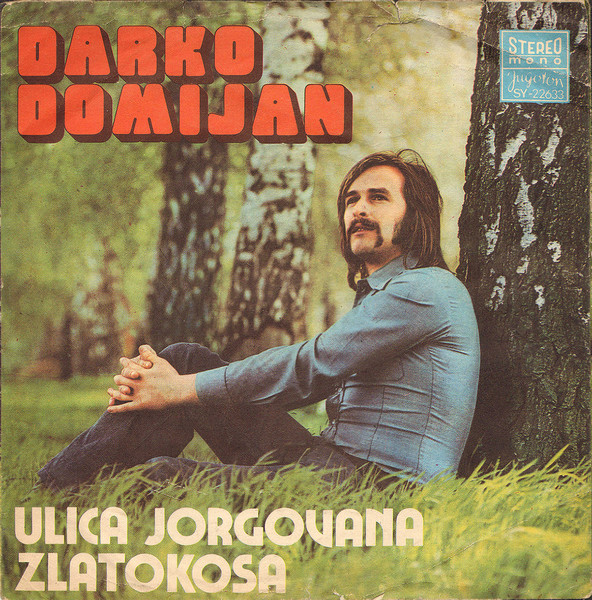
Bossa nova and Yugoslavia isn’t a combo people might expect—what was it about the Yugoslav spin on bossa that grabbed your attention and made you want to dig deeper?
Leo: Latin American rhythms were very popular in Europe in the fifties, so it is no surprise to hear bossa nova-inspired music a few years later. Italian and American radio stations heavily influenced the musical taste of sixties Yugoslavia and inspired many musicians. Festivals that showcased new songs mirrored the style and high production standards of Sanremo, the Italian Song Festival. Johnny Dorelli, Franco Cerri, Tony Renis, Gianni Morandi, and Mina—very popular in Yugoslavia—all embraced bossa nova. Even actress Sophia Loren had a Brazilian-influenced single. The song that made me want more is ‘Sunčano ljeto’ (Sunny Summer) by Pero Gotovac, sung by Vikica Brešer. The beautiful arrangement by Krešimir Oblak brought me to tears. Deeply emotional and moving, this soundtrack of another time inspired me a lot. In the search for nearly forgotten tracks, the advice and help from Dr. Smeđi Šećer, my dear friend and colleague, were much appreciated.
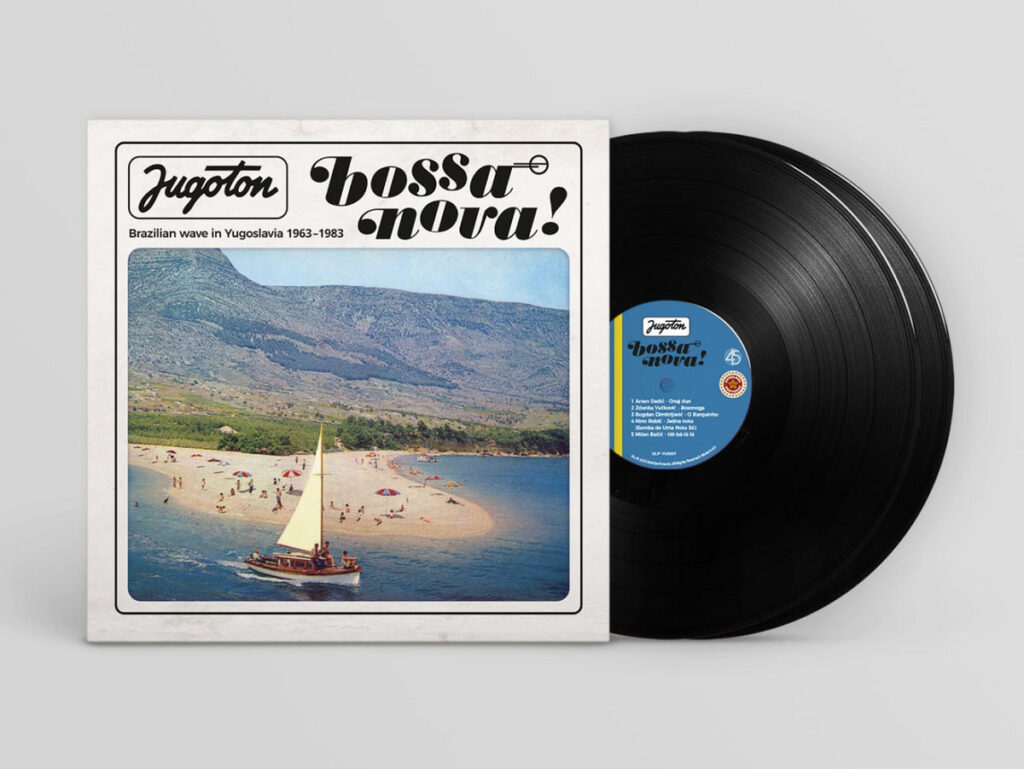
The ‘Jugoton Bossa Nova’ comp covers quite a timespan. Did you notice the sound shifting over the years? Any “only-in-Yugo” touches that jumped out?
Leo: The first LP is entirely in mono. On the second, there is a slight change in sound—the listener enters the seventies, so the difference is noticeable. Mastering engineer Višeslav Laboš did an excellent job preparing this very delicate material for vinyl. Original tracks like ‘Ljuvenzov’ (Love Call) by Dubrovački Trubaduri will definitely be interesting to diggers and lovers of bossa nova all over the world.
Were there any tunes that were super tricky to track down—or that came with a crazy story behind them?
Leo: The rarest track without a doubt is ‘Onaj dan,’ sung by the great Arsen Dedić. The first Yugoslavian song in the bossa nova style was recorded for the radio sixty-two years ago, and I’m so happy to finally release it on vinyl! Many thanks to Everland Music, especially Nenad Borović, who believed in this project. There are lots of crazy stories—for example, at least four songs on the compilation are second versions, melodies that were interesting enough for the artist to try again, and here they are. Six songs come from the repertoire of João Gilberto, the father of bossa nova. One of them, ‘Ho-ba-la-la,’ was written by him. ‘Bosonoga’ (Barefoot Girl), a word so similar to bossa nova, always brings smiles to our faces. The records play at 45 RPM. Go check it out!
YU Disco Expres feels like it was way ahead of its time—blending disco, jazz-funk, even early electronics. What was going through your head when you were making it? Were you trying to mash styles on purpose?
Nenad Borović (DJ Borovich): The only thing we had in mind when we acquired the license from Croatia Records was that the album ‘YU Disco Express’ by Igor Savin, featuring the orchestra of Stanko Selak, would finally be available on the market—to the delight of many collectors, DJs, and younger listeners who have recently discovered the rich musical legacy of the former Yugoslavia.
As a crate digger and lover of groove music, I’ve known about this forward-thinking album from the ’70s for a long time. It was only a matter of when we would be in a position to reissue it.
The modernism you mention is exactly what sets it apart and makes it, as they say, a true holy grail of disco-jazz-funk music.
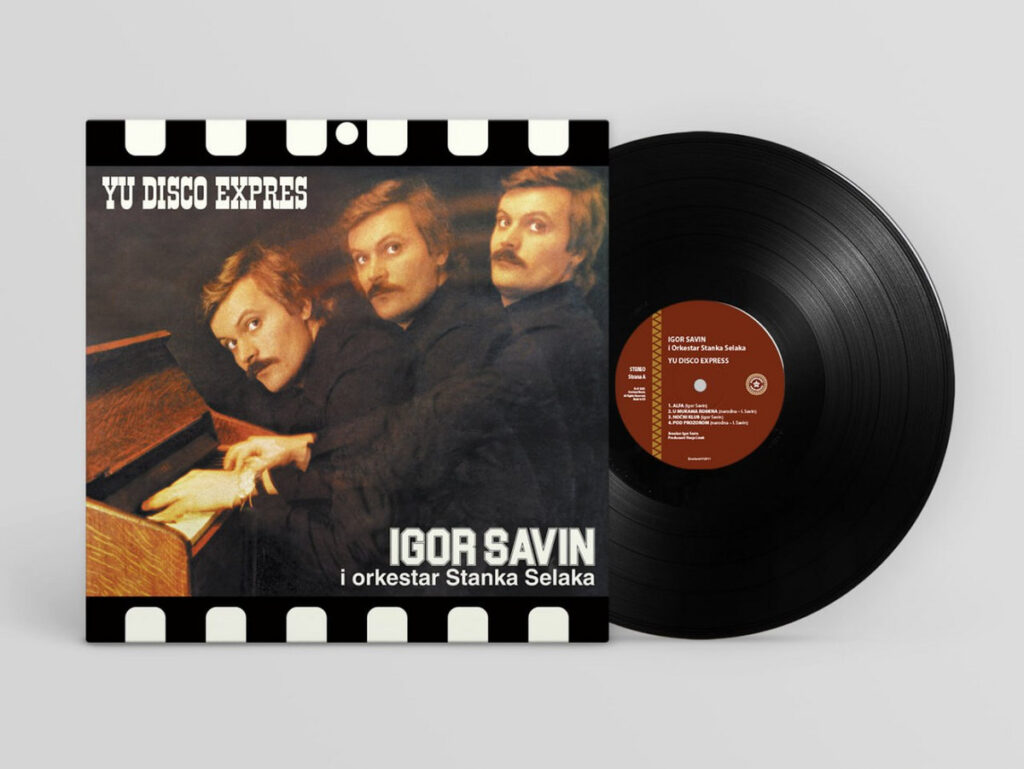
There’s also a bit of folk flavor in there too. How did those more traditional sounds end up mixing with the synths and funk?
Here’s a fun bit of trivia—a friend of mine, Zoran Lažeta, also known as DJ Jazzozo, who is a dedicated crate digger, once told me a great story connected to ‘YU Disco Express’. As a DJ, Zoran really wanted to own a copy of the album, but the price of the original pressing was upwards of €200. So he decided to reach out to Igor Savin himself and ask for the license—just so he could reissue the album, finally have it in his own collection, and play it freely in his DJ sets.
In response, Savin shared the story of how the album came to life. A good friend of his from the film industry asked if he had any fresh material with a cinematic feel—something modern that could be showcased at a party during the Cannes Film Festival, where Yugoslavia was to be represented.
Savin took some of his earlier musical sketches and developed them further by adding the then-popular disco-funk sound, along with ethno elements that brought a distinct Balkan flavor. The material came together very quickly, and by chance, the Stanko Selak orchestra was available at the Jugoton studio and agreed to record the music. The album was completed swiftly but with the highest production standards of that time.
This story really explains the album’s diversity and the presence of ethno touches. And when it comes to the forward-looking sound—well, that is all Savin. He was simply ahead of his time as an artist.
Looking back at YU Disco Expres now, what do you make of it all these years later? Did you ever think this record would be getting love again decades down the line?
Absolutely! ‘YU Disco Express’ will always be of interest to lovers of this kind of sound. It’s one of those timeless records, a true classic when it comes to uniqueness.
As a DJ, I’ve experienced it many times: I’d play a track from one of the ‘Jugoton Funk’ compilations—some standout gem from the former Yugoslavia—and people would come up, excited, asking, “What is this? Who made this track?” And when I told them it was domestic music, they were often in disbelief.
In conversation with Zoran, also known as DJ Jazzozo, he shared a similar story from one of his gigs. The crowd asked him to play something local, so he dropped a track by Igor Savin. The audience refused to believe it was really Savin—they couldn’t believe something that cool and modern-sounding came from this region.
Klemen Breznikar
Everland Music Official Website / Facebook / Instagram / Bandcamp
